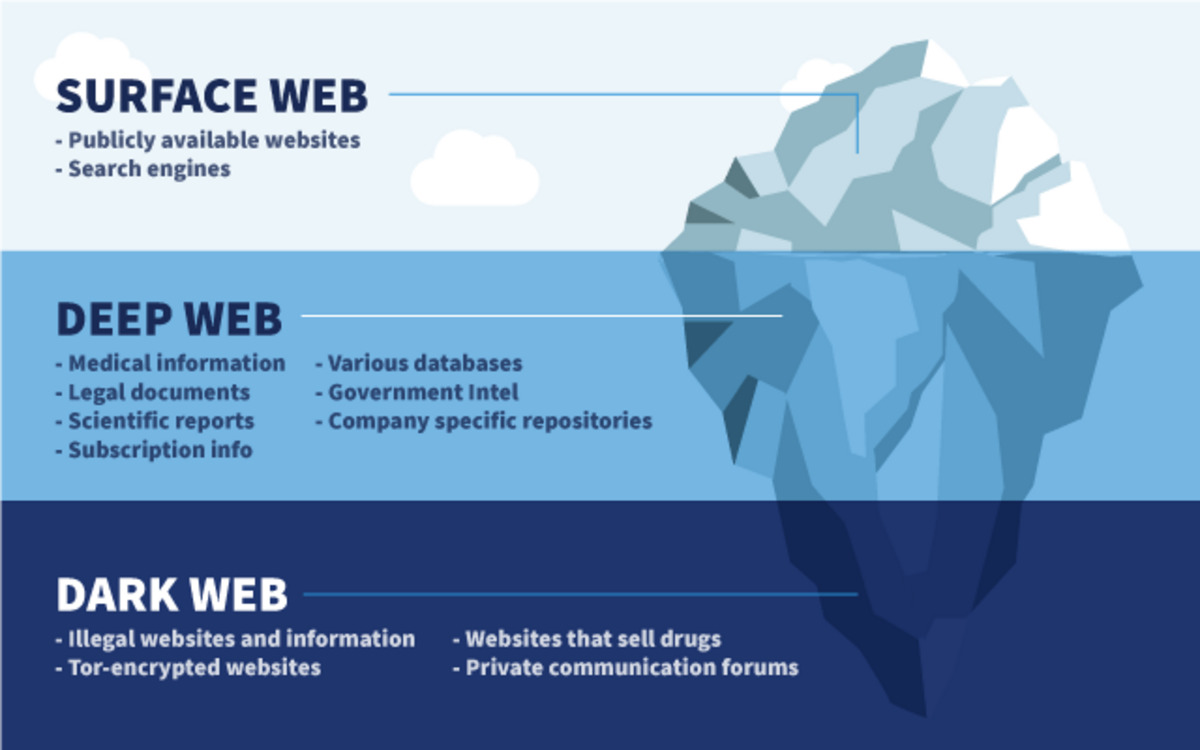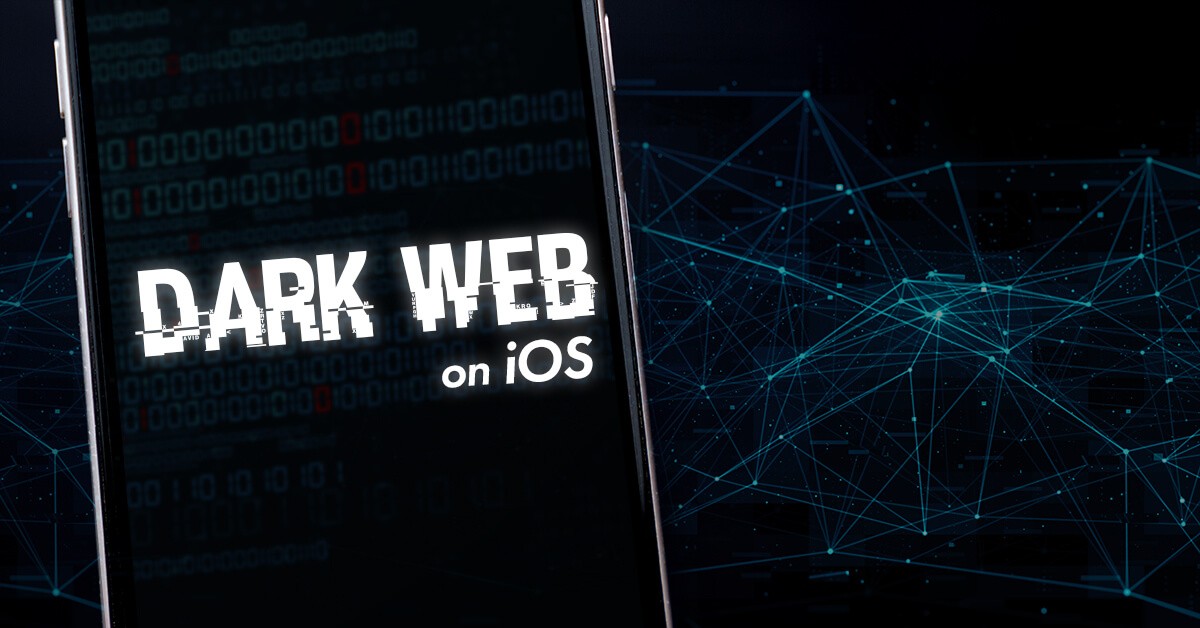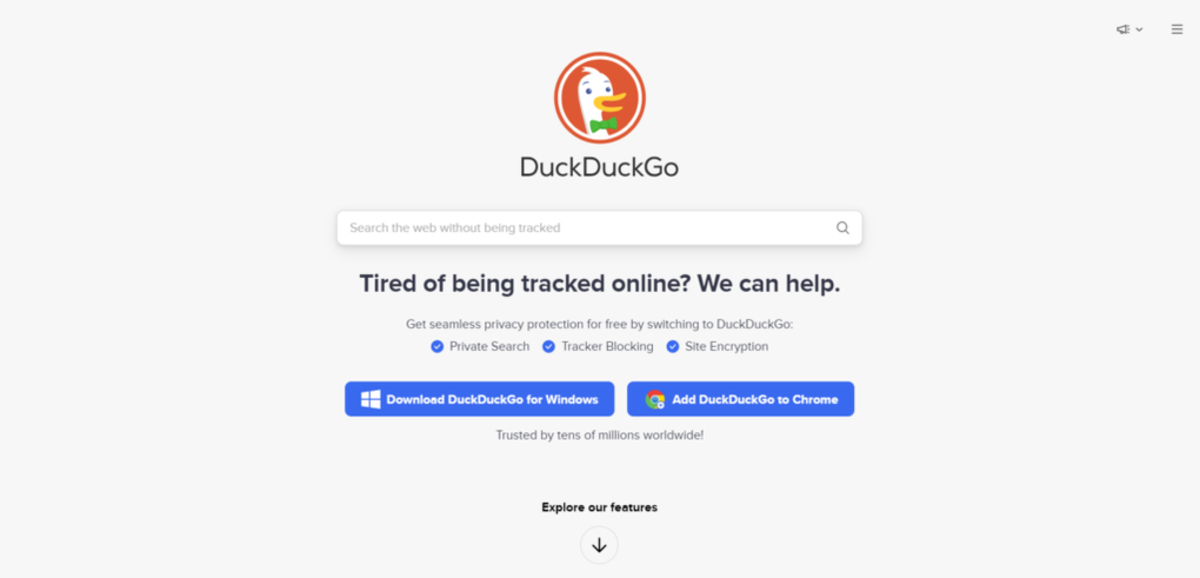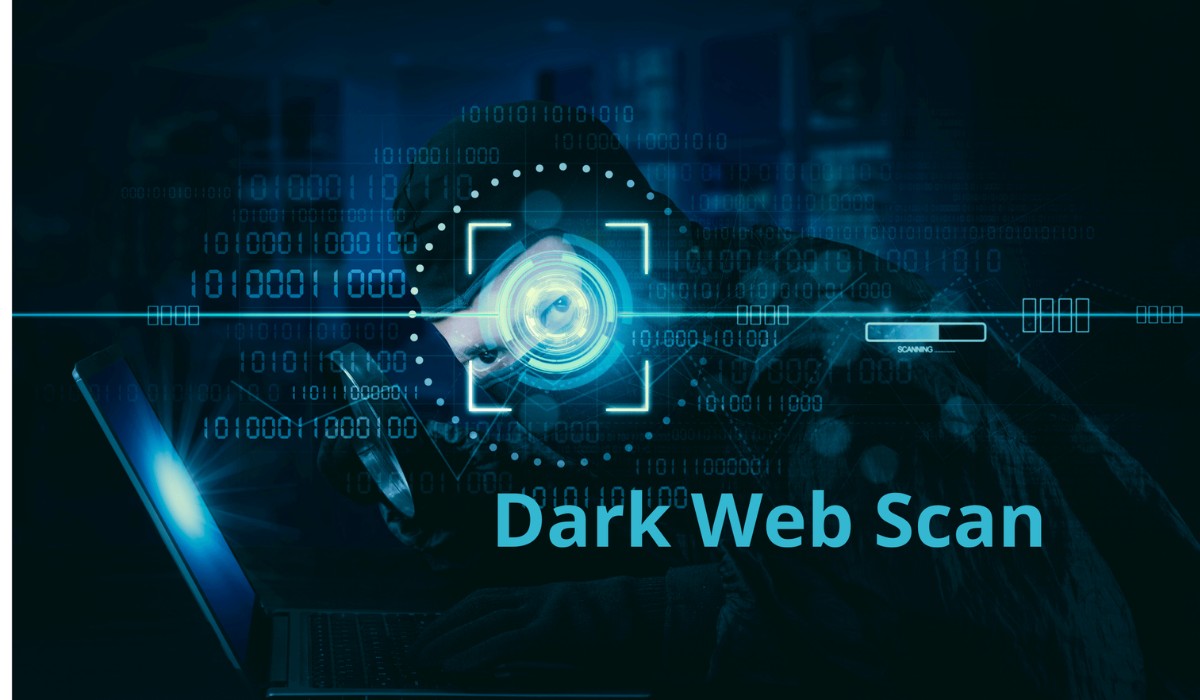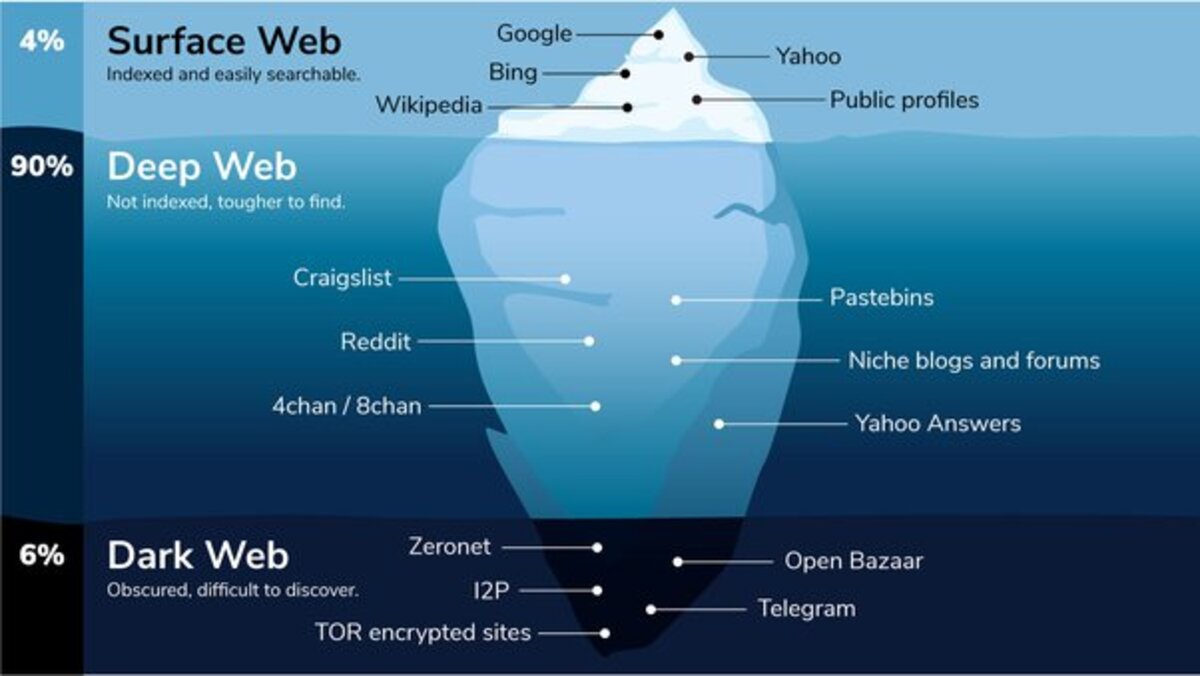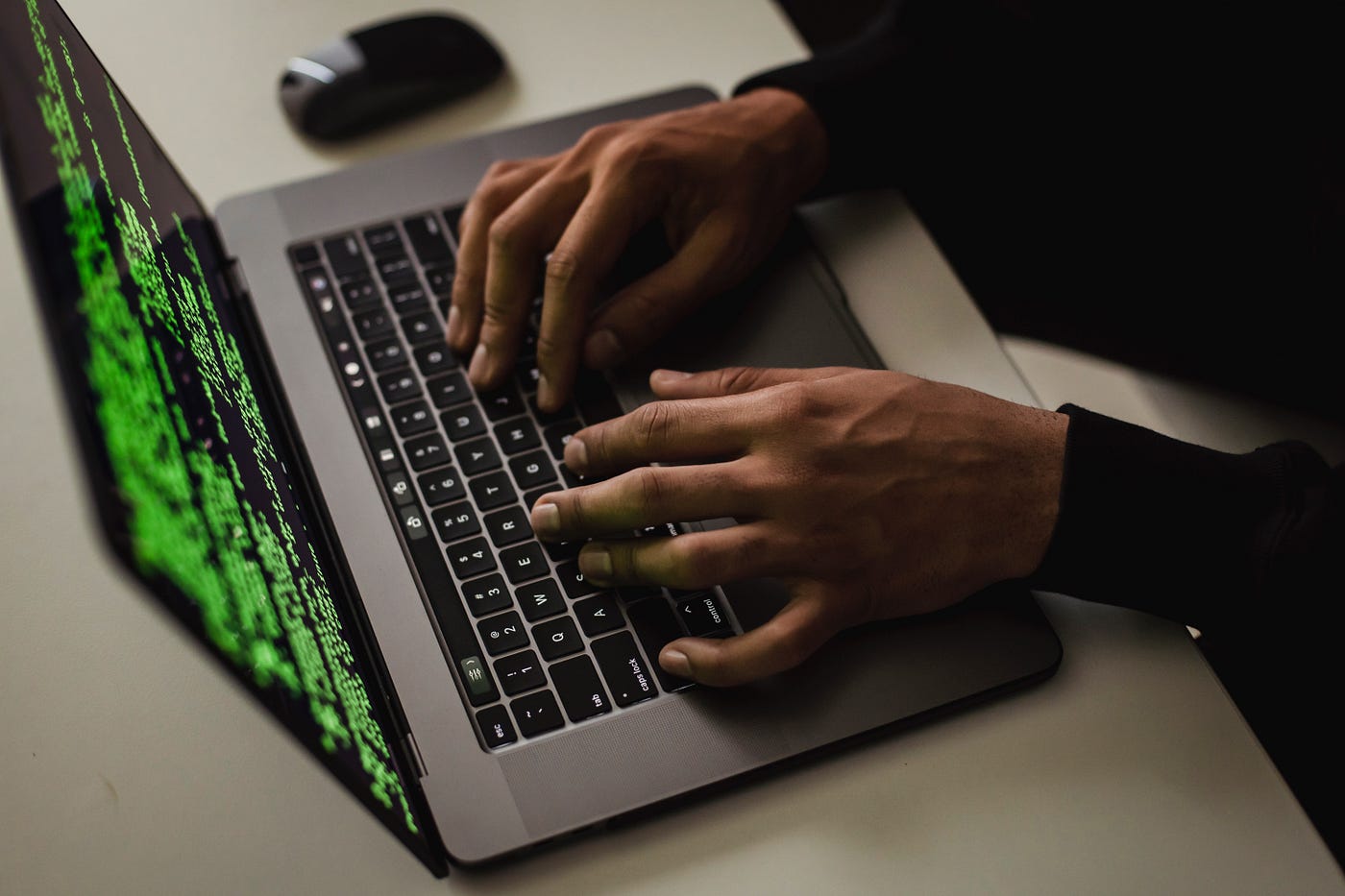Introduction
Welcome to the dark and mysterious world of the Dark Web. In a digital landscape filled with countless websites, search engines, and social media platforms, the Dark Web stands as a parallel realm, shrouded in secrecy and intrigue.
Unlike the well-known surface web accessible through traditional search engines, the Dark Web exists on a separate network, known as the darknet. This hidden part of the internet is home to various anonymous websites, forums, and marketplaces.
While the Dark Web offers a level of anonymity and privacy, it is also notorious for harboring illegal activities such as cybercrime, drug trafficking, and identity theft. Therefore, it is essential to understand the risks involved before venturing into this domain.
However, for those curious about their online presence and wanting to investigate what information may be available about them, searching oneself on the Dark Web can provide some insights. It’s important to note that this should be done with caution and proper preparation.
In this guide, we will walk you through the process of searching yourself on the Dark Web. We will discuss the necessary steps to take before conducting a search, provide a step-by-step guide to performing the search, and offer advice on interpreting the results.
Before we delve into the world of the Dark Web, it’s crucial to emphasize the importance of protecting your identity and digital security. As we explore the depths of this hidden realm, we must keep in mind the potential risks and take necessary precautions to safeguard our personal information.
So, buckle up and prepare for an intriguing journey through the Dark Web as we uncover the secrets that may lie hidden in the shadows.
What is the Dark Web?
The Dark Web is a part of the internet that is intentionally hidden and inaccessible to regular search engines. It is a network of websites and services that require specific software, configurations, or access permissions to be accessed. Unlike the surface web, which is easily searchable and accessible by anyone with an internet connection, the Dark Web exists on a separate network called the darknet, which provides users with anonymity and privacy.
One of the key characteristics of the Dark Web is its use of encryption and the Tor network. Tor, short for “The Onion Router,” is free software that enables users to browse the internet anonymously. It allows users to access websites on the Dark Web by routing their internet traffic through a series of encrypted relays, making it difficult for anyone to track their online activities.
Within the Dark Web, there are various types of websites, including anonymous marketplaces, forums, social networks, and even illegal activities such as hacking services and illegal drug markets. These websites often have domain names that end with the “.onion” extension instead of the usual “.com” or “.org” found on the surface web. The “.onion” domain names are randomly generated and change frequently, adding an extra layer of anonymity for their users.
It is important to note that while the Dark Web itself is not inherently illegal, it has gained a reputation for harboring illegal activities due to the anonymity it provides. Many criminal organizations, hackers, and black market vendors utilize the Dark Web to carry out illicit operations and transactions beyond the reach of law enforcement agencies.
Despite its darker side, the Dark Web also serves as a platform for activists, journalists, and individuals seeking to protect their privacy and freedom of speech in regions where internet censorship is prevalent. It provides a space where individuals can share ideas, communicate securely, and access information without the fear of being monitored or suppressed.
Understanding what the Dark Web is and its purpose is essential before venturing into this hidden world. It is crucial to approach it with caution and be aware of the potential risks involved. With proper knowledge and precautions, exploring the Dark Web can be an intriguing and eye-opening experience.
Understanding the Risks
Before embarking on any journey into the Dark Web, it is crucial to have a clear understanding of the risks involved. While the Dark Web offers anonymity and privacy, it is also known to be a hotbed for various illegal activities and cyber threats. Here are some of the risks that you should be aware of:
- Legal implications: Engaging in illegal activities on the Dark Web can have severe legal consequences. Law enforcement agencies actively monitor and investigate criminal activities happening in the hidden corners of the internet. Even unintentional involvement in illegal activities can lead to serious legal troubles.
- Malware and hacking: The Dark Web is filled with malicious actors who deploy various forms of malware or hacking techniques to compromise your information and system. Clicking on suspicious links or downloading files could potentially expose you to viruses, ransomware, keyloggers, and other forms of cyber-attacks.
- Scams and fraud: Many websites on the Dark Web are designed to deceive and defraud users. Fake marketplaces, phishing attempts, and fraudulent services are common. It is crucial to exercise extreme caution and skepticism when dealing with unknown vendors or sharing sensitive information.
- Social engineering: The Dark Web is a breeding ground for social engineering attacks, where cybercriminals use psychological manipulation to trick individuals into revealing personal information or performing harmful actions. It is important to be aware of these tactics and always be vigilant when interacting with unfamiliar individuals or websites.
- Exposure of personal information: Searching yourself on the Dark Web means that you are potentially exposing your personal information to a network that thrives on anonymity. There is a chance that your sensitive data, such as email addresses, usernames, passwords, and even financial information, could be exposed or traded on the Dark Web.
Understanding these risks is crucial to maintaining your safety and security while navigating the Dark Web. It is important to approach this hidden realm with caution, and only access reputable websites and services. Additionally, ensuring that your devices have updated security software, using strong and unique passwords, and regularly monitoring your personal information can provide an extra layer of protection.
Now that we have explored the risks associated with the Dark Web, let’s move on to the necessary preparation before venturing into this mysterious realm.
Preparation Before Searching
Before you embark on the task of searching yourself on the Dark Web, it is crucial to take the necessary precautions and make the proper preparations. Here are some essential steps to consider:
- Ensure your device is secure: Make sure that your computer or smartphone has up-to-date antivirus software, firewall protection, and all operating system updates installed. This will help protect your device from potential malware or hacking attempts.
- Use a virtual private network (VPN): A VPN adds an extra layer of security and privacy by encrypting your internet connection and masking your IP address. This helps to ensure that your online activities are not easily traceable.
- Create a separate email address: Consider using a unique and separate email address when engaging with the Dark Web. This will help segregate your online presence and minimize the risk of exposing your primary email address to potential threats.
- Strengthen your passwords: Ensure that your passwords are strong, unique, and not easily guessable. Consider using a password manager to securely store and manage your passwords.
- Backup your data: Before venturing into the Dark Web, make sure to back up all your important data and files. This will help protect against any potential data loss or damage that may occur during your exploration.
- Use a secure browser: Consider using a privacy-focused browser such as Tor, which is specifically designed to access the Dark Web. It provides enhanced security and anonymity features to protect your online activities.
It is important to note that despite taking these precautions, there is still inherent risk involved in exploring the Dark Web. Therefore, it is crucial to weigh the potential benefits against the potential risks before proceeding.
By carefully preparing yourself and your devices, you can minimize the risks and ensure a safer exploration of the Dark Web. Remember, your safety and security should always be a top priority when delving into the hidden corners of the internet.
Step-by-Step Guide to Searching Yourself
Now that you have taken the necessary precautions and made the proper preparations, let’s dive into the step-by-step process of searching yourself on the Dark Web. Follow these guidelines carefully:
- Open the Tor browser: Launch the Tor browser on your device. This browser is specifically designed to access the Dark Web and provides enhanced privacy and security features.
- Ensure your VPN is active: Connect to your VPN before proceeding. This will add an extra layer of anonymity and protect your online activities from being traced.
- Find a reliable search engine: Use a Dark Web search engine or directory to find websites and resources relevant to your search. Popular Dark Web search engines include Torch and NotEvil.
- Enter your search query: In the search bar of the Dark Web search engine, enter your name, username, or any other relevant information you want to search for. Be specific to narrow down the search results.
- Review the search results: Examine the search results to see if there are any websites or resources that mention your name or contain any relevant information. Take note of the URLs, titles, or descriptions that seem connected to your query.
- Visit the websites: Click on the URLs of the search results that are most relevant to your search. Be cautious while visiting websites on the Dark Web, as they may contain illegal or harmful content.
- Analyze the information: Carefully review the information found on the websites you visit. Look for mentions of your name, usernames, email addresses, or any other personal details. Take note of any potentially sensitive information that you come across.
- Assess the credibility: Consider the credibility and legitimacy of the websites you visit. Be aware that some websites on the Dark Web may contain inaccurate or false information. Cross-reference the information you find with other sources if possible.
- Take necessary actions: Based on the information you discover, consider taking appropriate actions to protect your identity and security. This may include changing passwords, contacting authorities if you find evidence of illegal activities, or monitoring your personal information more closely.
Remember, the Dark Web is a complex and ever-changing landscape. While searching yourself on the Dark Web can provide insights, it is essential to approach the information with caution and verify it through external sources if possible.
Now that you have completed the search, let’s move on to the next step, where we will discuss how to interpret the results and protect your identity.
Interpreting the Results
After searching yourself on the Dark Web and reviewing the information you found, it’s time to interpret the results. Here are some key considerations when interpreting the data:
- Verify the accuracy: Keep in mind that information found on the Dark Web may not always be reliable or accurate. Take the necessary steps to verify the authenticity of the data through external sources or by seeking professional advice if needed.
- Identify potential risks: Examine the information you discovered for any potential risks or vulnerabilities. Look for personal details such as email addresses, usernames, or passwords that may have been compromised or exposed. Assess the potential impact on your privacy and security.
- Assess the credibility: Evaluate the credibility of the sources where your information was found. Consider the reputation and reliability of the websites or forums that mentioned your data. Take note of any criminal activities or illegal content associated with these sources.
- Consider the context: Put the information you found into context. Determine if the data is current or outdated, and if it can be linked to your recent online activities. Take into account any other information or events that may have contributed to the data being available on the Dark Web.
- Take action to protect yourself: Based on your interpretation of the results, take proactive steps to protect your personal information and prevent potential harm. This may include changing passwords, enabling two-factor authentication, or contacting the necessary authorities if you discover evidence of criminal activities.
- Maintain vigilance: Remember that the Dark Web is constantly evolving, and new threats and vulnerabilities may arise. Stay informed about the latest cybersecurity trends and best practices, and regularly monitor your personal information for any signs of compromise.
Interpreting the results of your search on the Dark Web is an important step in understanding the potential risks to your online security and privacy. Stay attentive, be proactive, and take appropriate measures to safeguard your personal information from further exposure or misuse.
Now that you know how to interpret the results, let’s move on to the final section, where we will discuss ways to protect your identity on the Dark Web and in your online activities.
Protecting Your Identity
As you navigate the world of the Dark Web and engage in online activities, it is essential to take steps to protect your identity. Here are some key measures you can implement to safeguard your personal information:
- Use strong and unique passwords: Ensure that you use strong, complex passwords for all your online accounts. Avoid reusing passwords and consider using a password manager to securely store and manage your login credentials.
- Enable two-factor authentication: Implement two-factor authentication (2FA) whenever possible. This adds an extra layer of security to your accounts by requiring an additional verification step, such as a text message code or fingerprint scan.
- Be cautious with personal information: Limit the amount of personal information you share online. Avoid disclosing sensitive details such as your full address, phone number, or financial information unless necessary.
- Regularly monitor your accounts: Regularly review your online accounts and financial statements for any suspicious activity. Report any unauthorized transactions or changes immediately to the relevant authorities or organizations.
- Stay updated with security patches: Keep your operating system, applications, and security software up to date. Regularly install the latest security patches and updates to ensure that your devices are protected against known vulnerabilities.
- Be cautious with email and online communications: Exercise caution when opening email attachments or clicking on unfamiliar links. Be wary of phishing attempts and always verify the authenticity of emails or messages before sharing personal information or clicking on any links.
- Limit your online footprint: Be mindful of the information you share on social media and other online platforms. Restrict your privacy settings to control who can access your personal information and regularly review your privacy settings.
- Stay informed about cybersecurity: Stay up to date with the latest cybersecurity threats, trends, and best practices. Educate yourself about common phishing techniques, online scams, and other potential risks to better protect yourself.
- Consider using a reputable identity protection service: Explore the option of using an identity protection service that can help monitor and alert you to potential identity theft or data breaches. These services can provide an added layer of security and peace of mind.
By implementing these protective measures, you can significantly reduce the risk of identity theft and protect your personal information while navigating the Dark Web and engaging in online activities.
Now that you have learned how to protect your identity, let’s conclude our guide to searching yourself on the Dark Web.
Conclusion
Exploring the Dark Web and searching for information about yourself can be an intriguing and eye-opening experience. However, it is crucial to approach this hidden realm with caution and maintain a strong focus on protecting your identity and maintaining your online security.
In this guide, we have discussed the Dark Web, its purpose, and the risks associated with it. We have provided a step-by-step guide on how to search yourself on the Dark Web, as well as how to interpret the results and protect your identity. Throughout it all, we have emphasized the importance of being mindful of the potential dangers and taking the necessary precautions to safeguard your personal information.
Remember, the Dark Web is a complex and ever-evolving network, and exploring it comes with inherent risks. While searching yourself on the Dark Web can provide insights into your online presence, always approach the information with skepticism and verify it through external sources whenever possible.
By following the guidelines in this guide, such as using strong passwords, enabling two-factor authentication, and staying informed about the latest cybersecurity trends, you can significantly reduce the risks associated with exploring the Dark Web.
As you venture into the hidden corners of the internet, maintaining a balance between curiosity and caution is paramount. Stay vigilant, stay protected, and enjoy your journey into the enigmatic realms of the Dark Web.









